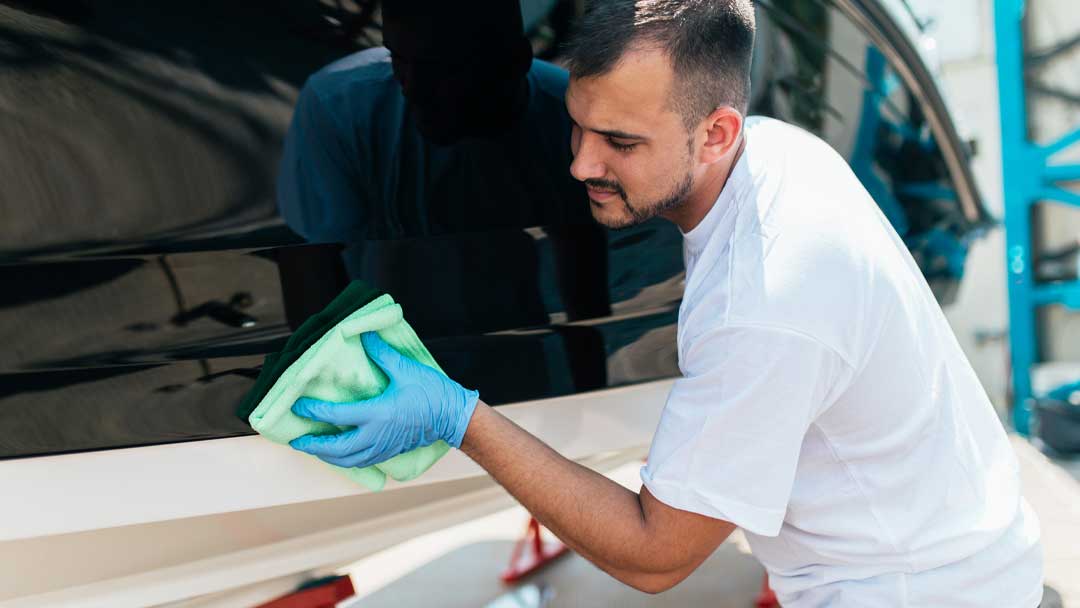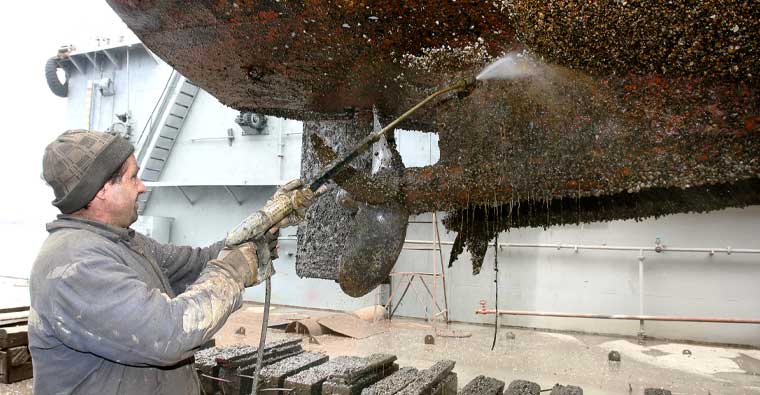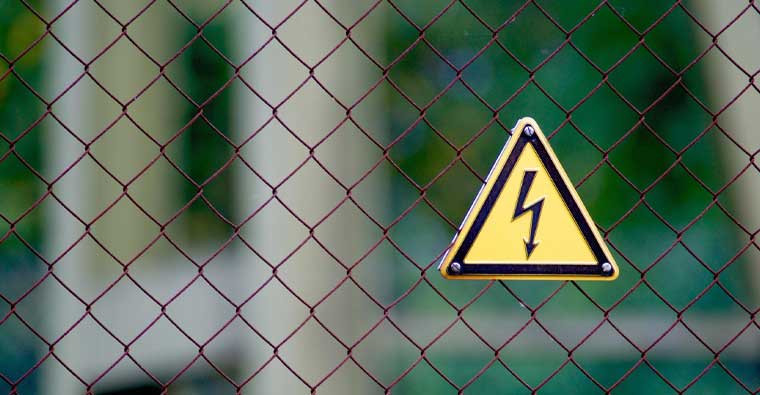Keeping your boat hull clean and free from bio fouling, such as algae, mussels and barnacles, is key to optimal boat performance. It improves handling, boat speed and fuel efficiency by reducing drag, prevents the boat sitting too low in the water and also prevents the transfer of non-native species around the globe – something that can lead to the loss of local biodiversity.
Although prevention of fouling can be aided by the use of antifouling products such as ultrasonic antifouling or anti fouling paint, some build up will occur regardless. This may be less with boats that use ablative paint (also known as soft antifouling paint) as biofouling control as this sheds the top layer of paint into the water, along with any fouling that is attached. But over time, it will still have a build up of dirt and marine fouling that will need to be managed to maintain your boat’s performance.
Hull cleaning can help you stretch times between the dreaded job of antifouling and is a vital part of maintaining your boat bottom, even when using ultrasonic antifouling solutions. This blog will help you understand what you need to know to keep your boat bottom clean.
Cleaning your boat hull on land
You can take your boat out of the water and into a dry dock in order to clean it and, if necessary reapply antifouling paints or your ultrasonic antifouling system. However, this can be costly and a lot of effort should you have a large boat.
The best way to begin cleaning a dirty boat is by using a pressure washer to jet wash the hull of your vessel, you may need to use a scraper on your boat’s hull to get rid of any hard growth. If you are planning on removing and reapplying bottom paint at the same time then check out our blog on DIY antifouling.
Cleaning your boat hull in the water
When doing any boat maintenance be sure to check the restrictions in your local marina. Most marinas are regulated by the clean water act which helps to prevent pollution of the water and keep waters clean. The Wildlife and Countryside Act of 1981 states that the deposits of substances and objects in the sea require require a license, this means that any contaminants released from you cleaning your hull may contravene this.
Once you have established that you are allowed to carry out in-water bottom cleaning on your vessel there are several aspects to bear in mind before you start that we will cover below.
Type of antifouling paint
The best way to clean your boat hull to protect the environment will depend on the type of antifouling gel coat that is used.
Soft or ablative antifouling paint should be cleaned by gently sweeping a soft cloth along the surface of the hull. Scrubbing ablative paints will cause large clouds of toxic chemicals to be released into the water, this can damage the environment and even cause a build up of nasty chemicals in the food chain. You can read our previous blog about the impact of antifouling on the marine environment for more information.
Hard bottom paint can be scrubbed a bit more thoroughly than ablative paint, however you should be sure to use the least abrasive material that is effective for the job to prevent the release of toxic materials into the water and reduce your environmental impact. Using a wire brush will still lead to some bottom paint damage and cause the release of toxic biocide into the water.
Do you have to clean the whole boat in one go?
In a word, no. As long as you remember where you have gotten to on the hull cleaning, you can spread the task over a few days.
For smaller boats you will find that the majority of the fouling occurs along the waterline, so you may want to clean this more often than you clean the whole bottom. Remember, you only need to clean the parts of the boat that are dirty, so if it looks like you have a clean bottom then leave it and re-check at a later date. Cleaning too regularly may mean you need to apply antifouling more regularly unless you’ve already made the switch to ultrasonic antifouling.
What to wear when cleaning the hull of your boat
When cleaning your boat underwater it is key that you are dressed for the job and are confident in the water. The task can take several hours depending on the size of your boat so you need to make sure you are warm and well protected from both the weather and the barnacles and other marine life that you may encounter.
An old wetsuit
Wearing an old wetsuit when you clean the bottom of your boat can protect your skin from cuts and scrapes. Use an old wetsuit though as it is likely to get damaged in the process.
Snorkeling gear
A mask and snorkel can make the process of holding your breath and coming up for air much easier.
Gloves
Wearing gloves will help protect your hands from the hard and sharp surface of barnacles, preventing injuries and also help to keep your hands warm whilst in the chilly UK water. The water and barnacle surface contain millions of bacteria which can lead to infection too. Using work gloves with vinyl coated palms can help reduce paint loss when using the gloves themselves to clean as they are less abrasive than other methods.
Dive boots
Just as you want to protect your hands from barnacles, protecting your feet when you hook them under the hull or around a rudder is important too. This allows increased stability when carrying out any scrubbing.
Dive hood
A dive hood can prevent the swarms of bugs and larvae that are released from scrubbing the barnacles from the bottom of your boat hull from going into your ears or settling in your hair.
Safety measures to consider when cleaning your boat bottom
Be careful not to overexert yourself or try and hold your breath for too long when you dive, it is best to do more shorter trips to avoid blacking out and ensure the vessel has a ladder so that you can re-board when you need to take a rest.
If you are planning on cleaning your boat bottom in a freshwater marina you need to be aware of the risk of electric shock drowning (ESD), caused by any stray current in the water. Always move your boat away from the marina before cleaning in freshwater, there are no confirmed cases in seawater marinas however so cleaning in sea water shouldn’t carry the risk of ESD.
Try to carry out the work when there is less of a current (this may mean you take into consideration weather and tide) as this will impact visibility and make the task more difficult.
The next generation of hull cleaning
Using ultrasonic antifouling solutions are a great option if you would prefer to do less hull cleaning yourself. These systems work by creating very high frequency waves that cause the hull of the boat to vibrate, preventing marine life from attaching without the need for biocides or contamination into the marine environment.
Ultrasonic antifouling significantly reduces the need for hull cleaning as they work to prevent build up of life on hulls in the first place and can be used in conjunction with hard paint to further increase the effectiveness against biofoul. Ultrasonic antifouling works well on steel or fiberglass hulls but not on wooden or cored hulls.
You can see our range of ultrasonic antifouling kits in our previous blog or feel free to contact us to discuss how our team can help meet your antifouling needs.





